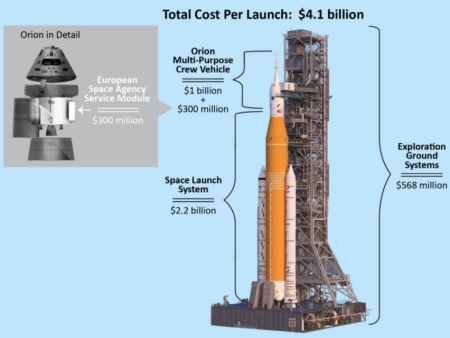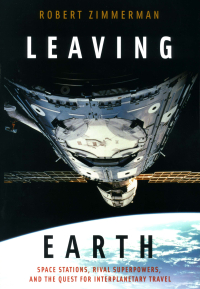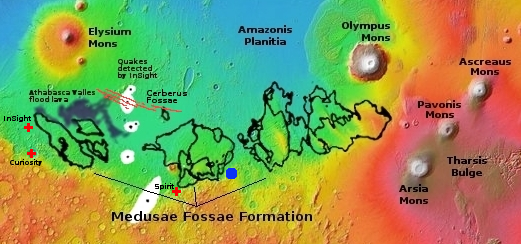Germany turns off its instrument on the Spektr-RG orbiting X-ray telescope
As part of Germany’s decision to break off all scientific cooperation with Russia in response to Russia’s Ukraine invasion, the Max Plank Institute has turned off its instrument on the Spektr-RG orbiting X-ray telescope.
Meanwhile, Roscosmos’ head, Dmitry Rogozin revealed he will demand compensation from Europe for its sanctions, including this shut down on Spektr-RG.
Europe’s sanctions cause real losses to Russia’s space corporation Roscosmos. The corporation will estimate them and demand a compensation from partners in Europe, Roscosmos’s press-service told TASS on Tuesday. “They have caused harm to the Spektr-RG laboratory’s research program by turning off one of the two telescopes. Their sanctions cause real losses to us. The damage will be estimated and a bill presented to the European side,” Roscosmos said.
It now appears that all the European cooperation with Russia in space is likely dead, at least until Russia gets out of the Ukraine.
As part of Germany’s decision to break off all scientific cooperation with Russia in response to Russia’s Ukraine invasion, the Max Plank Institute has turned off its instrument on the Spektr-RG orbiting X-ray telescope.
Meanwhile, Roscosmos’ head, Dmitry Rogozin revealed he will demand compensation from Europe for its sanctions, including this shut down on Spektr-RG.
Europe’s sanctions cause real losses to Russia’s space corporation Roscosmos. The corporation will estimate them and demand a compensation from partners in Europe, Roscosmos’s press-service told TASS on Tuesday. “They have caused harm to the Spektr-RG laboratory’s research program by turning off one of the two telescopes. Their sanctions cause real losses to us. The damage will be estimated and a bill presented to the European side,” Roscosmos said.
It now appears that all the European cooperation with Russia in space is likely dead, at least until Russia gets out of the Ukraine.









